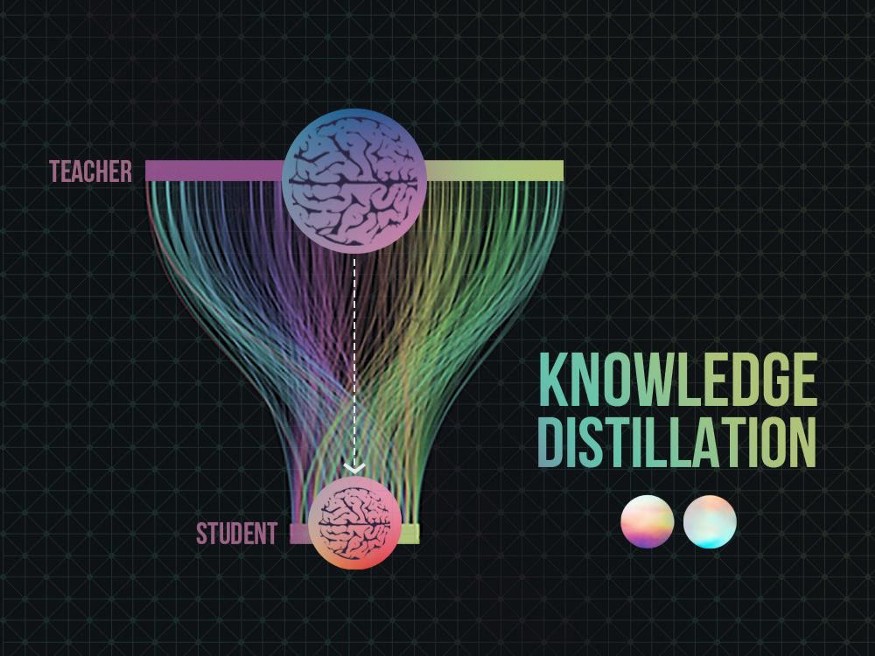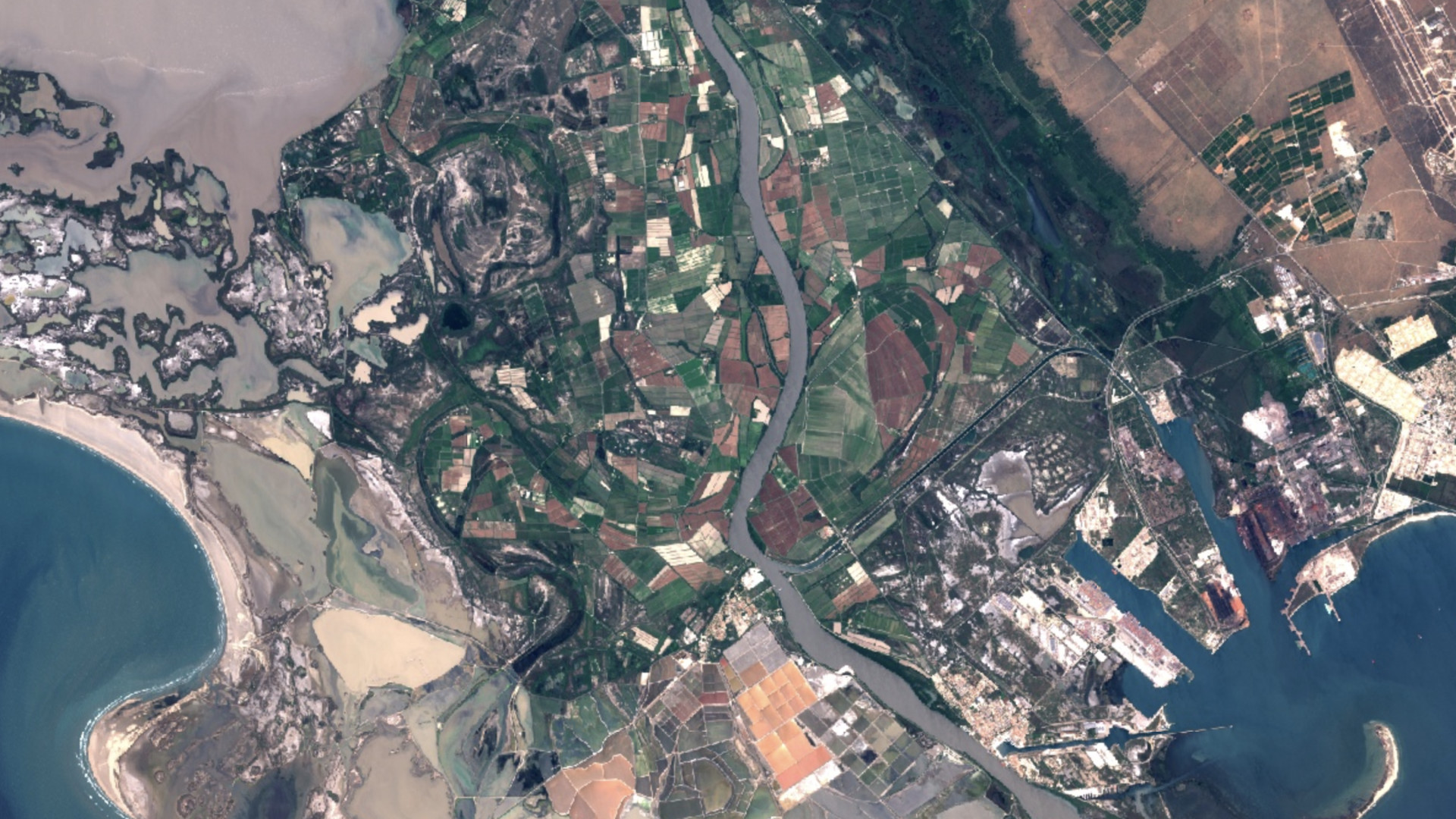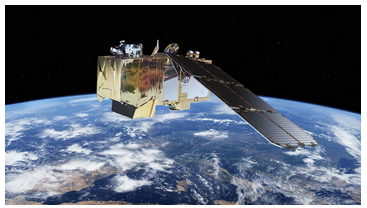The methods presented in SimCLR and SimCLRv2 demonstrated great success in training computer vision models at classification tasks. The focus of this project is to determine if the same techniques can be applied to multi-spectral satellite imagery with similar success.
Recent Results
Overall Results
Final results comparison of SimCLR-S2 models versus the supervised baseline.
read moreSimCLR-S2 Distillation
An interactive data vizualization of performance results for the distilled models.
read moreRecent Models
SimCLR-S2 Stage 3: Distillation
In the final set of the SimCLR-S2 process we perform knowledge distillation to attempt to gain similar performance to the big ResNet152 model with fewer parameters. While it is possible to use some labeled data during distillation we experimented with a completely self-supervised approach.
read moreSimCLR-S2 Stage 2: Fine-Tune
We leverage a similar approach as the baseline models to fine tune our pretrained contrastive learning model. We train multipe data splits on our largest CNN architecture ResNet152, to maximize performance of the fine-tuned model.
read moreRecent Data
Exploratory Analysis
An exploratory analysis on the data to understand the distributions for irrigated data as well as identify additional features that can help with irrigation detection.
read moreData Sources
The data for our research are Sentinel-2 multispectral images of earth’s surface reflectance sourced from two archives: BigEarthNet-S2 and Sentinel-2A collection from the Copernicus program.
read more



